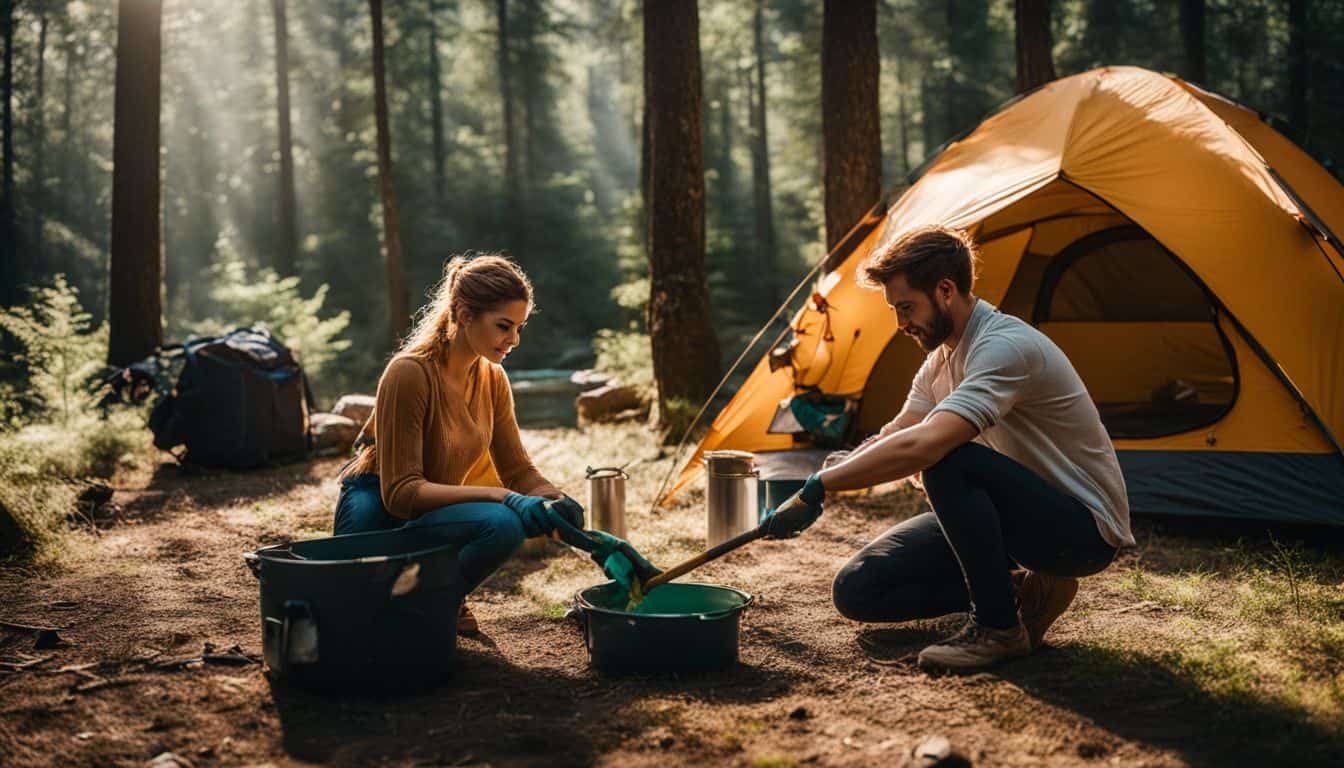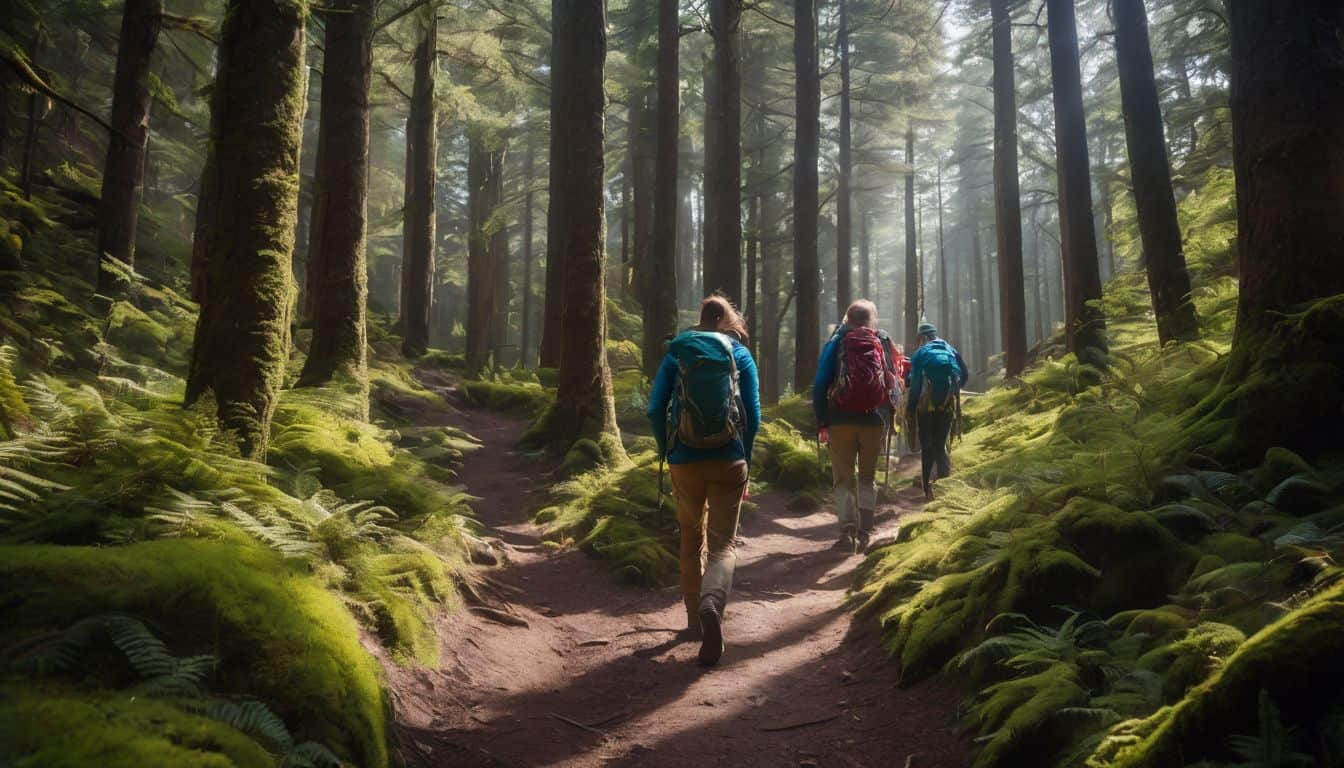As more people venture into the great outdoors for recreation and enjoyment, it’s crucial to understand and practice the Leave No Trace principles. These guidelines help minimize our impact on the environment, preserving the natural beauty and ecological integrity of the places we visit. This article will provide an overview of the Leave No Trace principles and offer practical tips for implementing them during your camping adventures.
Table of Contents
The Seven Leave No Trace Principles
Plan Ahead and Prepare
- Know the regulations and special concerns for the area you’ll visit.
- Prepare for extreme weather, hazards, and emergencies.
- Schedule your trip to avoid times of high use and consider splitting larger groups into smaller ones.
Travel and Camp on Durable Surfaces
- Use maintained trails and designated campsites whenever possible.
- Protect riparian areas by camping at least 200 feet from lakes and streams.
- In popular areas, concentrate use on existing trails and campsites.
- In pristine areas, disperse use to prevent the creation of new campsites and trails.
Dispose of Waste Properly
- Pack out all trash, leftover food, and litter.
- Use toilet facilities whenever possible, or bury human waste in catholes at least 200 feet from water sources.
- Wash dishes and yourself away from water sources, using small amounts of biodegradable soap.
Leave What You Find
- Preserve the past by examining but not touching cultural or historic structures and artifacts.
- Leave rocks, plants, and other natural objects as you find them.
- Avoid introducing or transporting non-native species.

Minimize Campfire Impacts
- Use established fire rings, fire pans, or mound fires where permitted.
- Keep fires small and use only sticks from the ground that can be broken by hand.
- Burn all wood and coals to ash, put out campfires completely, and scatter cool ashes.
Respect Wildlife
- Observe wildlife from a distance and do not follow or approach them.
- Never feed animals, as it damages their health and alters natural behaviors.
- Protect wildlife and your food by storing rations and trash securely.
Be Considerate of Other Visitors
- Respect other visitors and protect the quality of their experience.
- Be courteous, yield to other users on the trail, and let nature’s sounds prevail.
- Take breaks and camp away from trails and other visitors.
Implementing Leave No Trace Principles
Education and awareness
Familiarize yourself with the Leave No Trace principles before your camping trip. Share your knowledge with your camping companions and lead by example. By educating others and raising awareness, you can help promote responsible outdoor practices and minimize the collective impact on the environment.
Planning and preparation
Research the area you’ll be visiting and obtain necessary permits. Pack appropriate gear, including waste disposal supplies and bear canisters when needed. Proper planning and preparation are essential for choosing the perfect campsite that aligns with Leave No Trace principles, ensuring both safety and minimal environmental impact.
Adapting to different environments
Recognize that Leave No Trace practices may vary depending on the environment, such as desert, alpine, or coastal areas. Follow specific guidelines for the type of ecosystem you’ll be visiting. This is particularly important when backcountry camping, as these pristine areas are more sensitive to human impact and require extra care and consideration.

Conclusion
Practicing Leave No Trace principles is essential for preserving the natural beauty and ecological integrity of our outdoor spaces. By following these guidelines, we can minimize our impact on the environment and ensure that future generations can enjoy these areas as well.
Remember, it’s our collective responsibility to be good stewards of the land and to leave no trace of our presence in the great outdoors. By embracing these principles and leading by example, we can help protect and preserve the natural wonders that inspire us to venture into the wilderness.













Leave a Reply